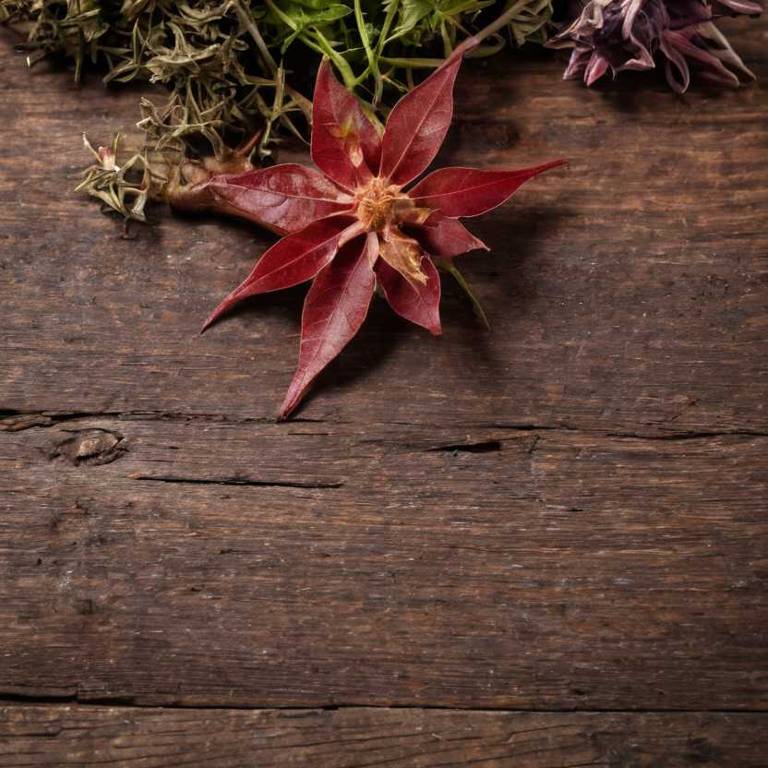Liquidambar Orientalis: What To Know Before Using It For Medicinal Purposes

Liquidambar orientalis, commonly known as the oriental sweet gum, has been traditionally used for its medicinal properties.
The tree's bark, leaves, and sap contain various bioactive compounds that have been studied for their anti-inflammatory, antimicrobial, and analgesic effects. In traditional medicine, it has been used to treat respiratory infections, skin conditions, and digestive disorders. Extracts from the plant may also support cardiovascular health due to their antioxidant properties.
However, further scientific research is needed to fully validate its therapeutic potential and ensure safe usage.
Health Benefits
Liquidambar orientalis has several health benefits, such as its potential anti-inflammatory and antioxidant properties.
The plant contains bioactive compounds that may help reduce oxidative stress in the body. It has been traditionally used in herbal medicine to support respiratory health and alleviate symptoms of coughs and colds. Some studies suggest that extracts from Liquidambar orientalis may have antimicrobial effects, which could aid in treating infections.
Overall, it is considered a valuable natural resource for promoting general well-being and supporting immune function.
10 Best Health Beneift of Liquidambar orientalis
Bioactive Constituents
Liquidambar orientalis has several bioactive constituents, such as flavonoids, tannins, alkaloids, and terpenoids, which contribute to its medicinal properties.
These compounds exhibit antioxidant, anti-inflammatory, and antimicrobial activities, making the plant valuable in traditional and modern pharmacology. Flavonoids, in particular, are known to protect cells from oxidative stress and may support cardiovascular health. Tannins contribute to its astringent properties and are used in treating gastrointestinal disorders.
Overall, the diverse bioactive profile of Liquidambar orientalis offers potential therapeutic applications in various medical fields.
Medicinal Preparations
Liquidambar orientalis has several medicinal preparations, such as teas, tinctures, and extracts, that have been traditionally used for their therapeutic properties.
The leaves and bark of the plant are commonly brewed into teas to alleviate respiratory conditions like coughs and bronchitis due to their expectorant and anti-inflammatory effects. Tinctures made from the bark are often used to treat skin irritations and wounds because of their astringent and antimicrobial properties. Additionally, extracts from the leaves are sometimes incorporated into topical salves to reduce inflammation and promote healing.
These preparations have been utilized in traditional medicine for centuries, although their efficacy is often supported by anecdotal evidence rather than extensive scientific research.
Side Effects
Liquidambar orientalis can have some side effects, such as gastrointestinal discomfort, including nausea, vomiting, and diarrhea, especially when consumed in large quantities.
Allergic reactions, such as skin rashes, itching, or more severe symptoms like anaphylaxis, may occur in individuals sensitive to the plant. Prolonged or excessive use may lead to liver or kidney damage due to the presence of toxic compounds. It is also reported to cause respiratory irritation, particularly in people with asthma or other breathing conditions.
Therefore, it is advisable to consult a healthcare professional before using Liquidambar orientalis for medicinal purposes.